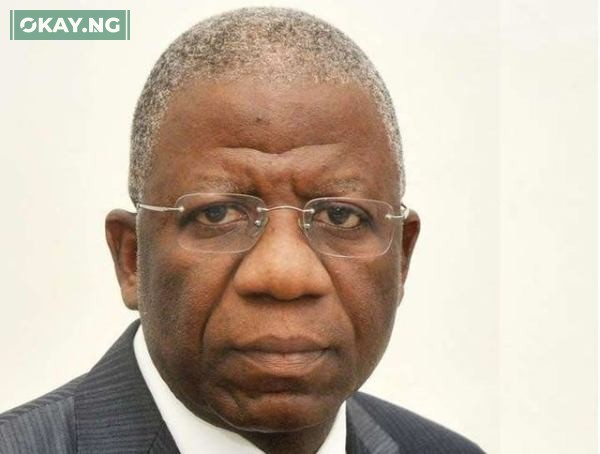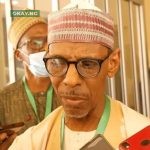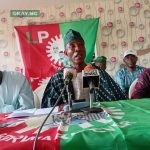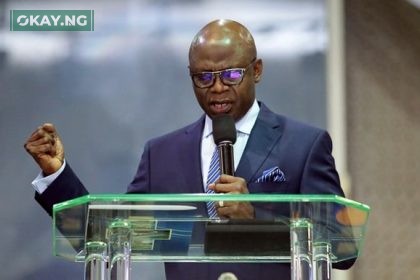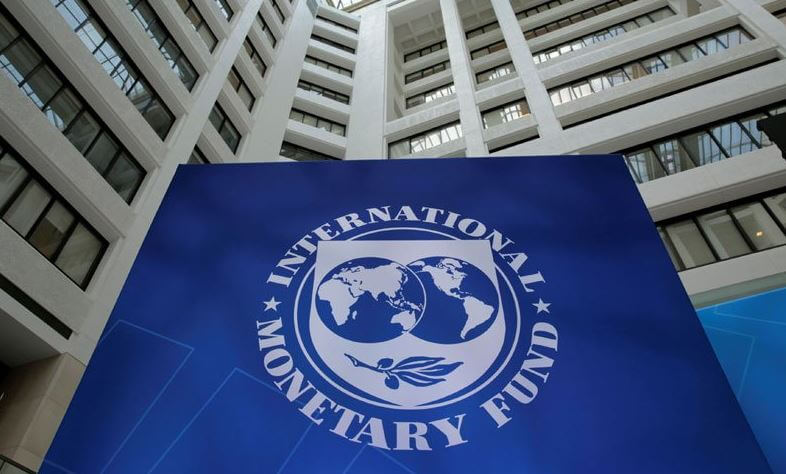The Oronsaye Report is a document that contains recommendations for restructuring and rationalizing the Federal Government of Nigeria’s agencies, parastatals, and commissions.
The report was submitted in 2012 by a committee headed by Steve Oronsaye, the former Head of Service of the Federation.
The report aimed to reduce the cost of governance and enhance efficiency in the public sector.
However, the report was not fully implemented by the previous administrations of Goodluck Jonathan and Muhammadu Buhari.
Recently, President Bola Tinubu has ordered the full implementation of the report, signaling significant changes in the government structure.
In this article, we will answer some frequently asked questions about the Oronsaye Report and its implications for Nigeria.
What are the key proposals of the Oronsaye Report?
The Oronsaye Report made several proposals to streamline the operations and functions of the government entities. Some of the key proposals are:
- The reduction of statutory agencies from 263 to 161. This would involve the abolition of 38 agencies, the merger of 52, and the reversion of 14 to departments in ministries.
- The abolition of some controversial agencies, such as the Federal Character Commission, the Fiscal Responsibility Commission, and the National Poverty Eradication Programme.
- The rejection of some recommendations related to the National Youth Service Scheme, such as the extension of the service year to 18 months and the introduction of a compulsory military training component.
- The changes in the status of some agencies, such as the Federal Civil Service Commission, the Code of Conduct Tribunal, and the National Human Rights Commission, to make them more independent and accountable.
What are the benefits of implementing the Oronsaye Report?
The Oronsaye Report claimed that implementing its recommendations would result in several benefits for the government and the country. Some of the benefits are:
- The reduction of the cost of governance by about N862 billion per annum, which could be used for other developmental projects and programmes.
- The elimination of overlaps, duplications, and redundancies in the functions and mandates of the government entities, which would improve service delivery and performance.
- The optimization of the human and material resources of the government, which would enhance productivity and efficiency.
- The alignment of the government structure with the national development goals and priorities, which would foster coordination and synergy among the relevant stakeholders.
What are the challenges of implementing the Oronsaye Report?
The Oronsaye Report faced several challenges and criticisms from various quarters, which hindered its full implementation. Some of the challenges are:
- The resistance from the career civil servants, the National Assembly, and the politicians, who may perceive the report as a threat to their interests, influence, and patronage.
- The legal and constitutional hurdles, which may require amendments to the enabling Acts and laws of some of the affected agencies and entities.
- The lack of political will and commitment, which may result in the selective or partial implementation of the report, depending on the convenience and preference of the executive and legislative arms of government.
- The limited scope and impact of the report, which did not address some of the fundamental issues affecting the cost and quality of governance, such as the size and remuneration of the political class, the infrastructure deficit, and the economic diversification.
How can I access the Oronsaye Report [PDF]?
The Oronsaye Report is available online for download in PDF format. You can download the report from this link.


